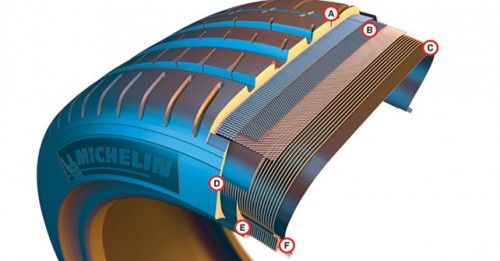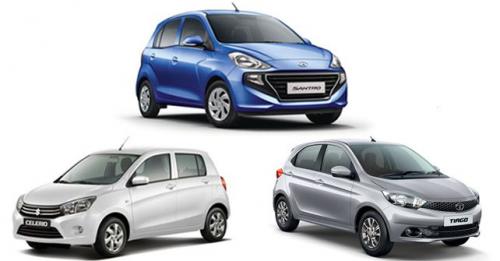
In theory, a high performance tyre isn’t much different from the tyre of an economy car. In reality, however, the tyres of sport cars are much more sophisticated
Tyres are all black and round. This is an often-heard phrase used to refer to the apparent banality of tyres – treated, as they are, as a sort of commodity. Simple goods that should have one simple requisite – to be inexpensive. The reality, however, is quite different. Even on an economy car, quality tyres do make a difference. How could they not, seeing that the four fingerprints of the tyre tread are the only points of contact between the car and the asphalt?
The Ladoux laboratory
If this is the case with just any car, in the case of super-sport cars, nothing but the most exceptional high-quality tyres are necessary to guarantee safety. Let’s see how these ‘super tyres’ are developed by taking the Michelin Pilot Super Sport as an example – born in the Ladoux technical centre in France, where 3,300 specialists work.

(A) Tyre Tread
The mixture of materials needs to guarantee excellent grip and resistance. Michelin has a tread that’s more rigid on the outside and softer on the inside. The design is almost always asymmetrical.
(B) Belts
These are necessary to stabilize the footprint of the tread, and they need to be very resistant. For this reason, it’s possible to use aramid fibres, such as the Twaron, instead of steel ones.
(C) Carcass
This is the resistant structure of the tyre. In sport cars, it’s made of two rayon or polyester canvases with strings arranged that are perpendicular to the direction of travel.
(D) Sidewall
With the addition of reinforcements, the sidewall is stiffened – and this renders the steering more responsive.
(E) Bead
The layer closest to the wheel needs to be very robust. For this reason, it contains inserts of a hard blend that are stretched more than those used on ‘normal’ tyres.
(F) Circle
The metallic soul of the bead ensures the hold of the tyre on the wheel. The presence of circlets of metallic strings wound in braids simplifies the assembly of the rubber onto the rim.
FROM COMPOUND TO THE TRACK
Design, development, testing, and production – a work-cycle that lasts two to three years.
1. The ingredients
The development of a new tyre springs from the mix of tyre tread compound, essential in order to determine the characteristics of grip, duration, and rolling resistance. There are many ingredients to manage – natural and synthetic rubber, reinforcing fillers (silica or carbon black), anti-aging properties, sulphur, and oils.
2. The chemistry makes the difference
The characteristics of the polymers at the base of the synthetic rubber can be concocted in the laboratory. The capacity of research in the field grants manufacturers like Michelin an advantage over the competition. Parallel to making of the mixtures, work is done on the other components of the tyre as well (carcass, belts, etc.).
3. The first tests
With new compounds, standard test specimens are made, which are then tested in the laboratory with the appropriate machinery – allowing the appraisal of the performance of the material in terms of mechanic resistance along with longevity, adherence, and durability.
4. The test stand
With computer simulations, the tread’s principles of structure, profile, and tread design are defined. Then prototypes are produced, which are finally sent to the test bench in order to evaluate the behaviour of the new tyre. Particularly essential is the test on the drift machine (in the picture) from which cornering performance is estimated.
5. Finally on the track
After the first refinements, done on the basis of the test results from the lab, the tyre is tested on a car at the test track. All the necessary tests are conducted to delineate in detail the performance of the new tyre – such as braking, drivability on wet surfaces, and tyre noise, while keeping the preceding model (or a competitor) as a reference point.
6. How the automaker is convinced
When the new tyre is almost complete, it’s proposed to automakers to use as ‘original equipment.’ Given that each manufacturer has different requirements, the testers need to be good interpreters in order to correctly steer the technicians in charge of the making of the rubber for a particular vehicle.
© Riproduzione riservata






























Write your Comment